Home>Gardening & Outdoor>Plant Care & Gardening Tips>How Long Does It Take For Flower Bulbs To Grow
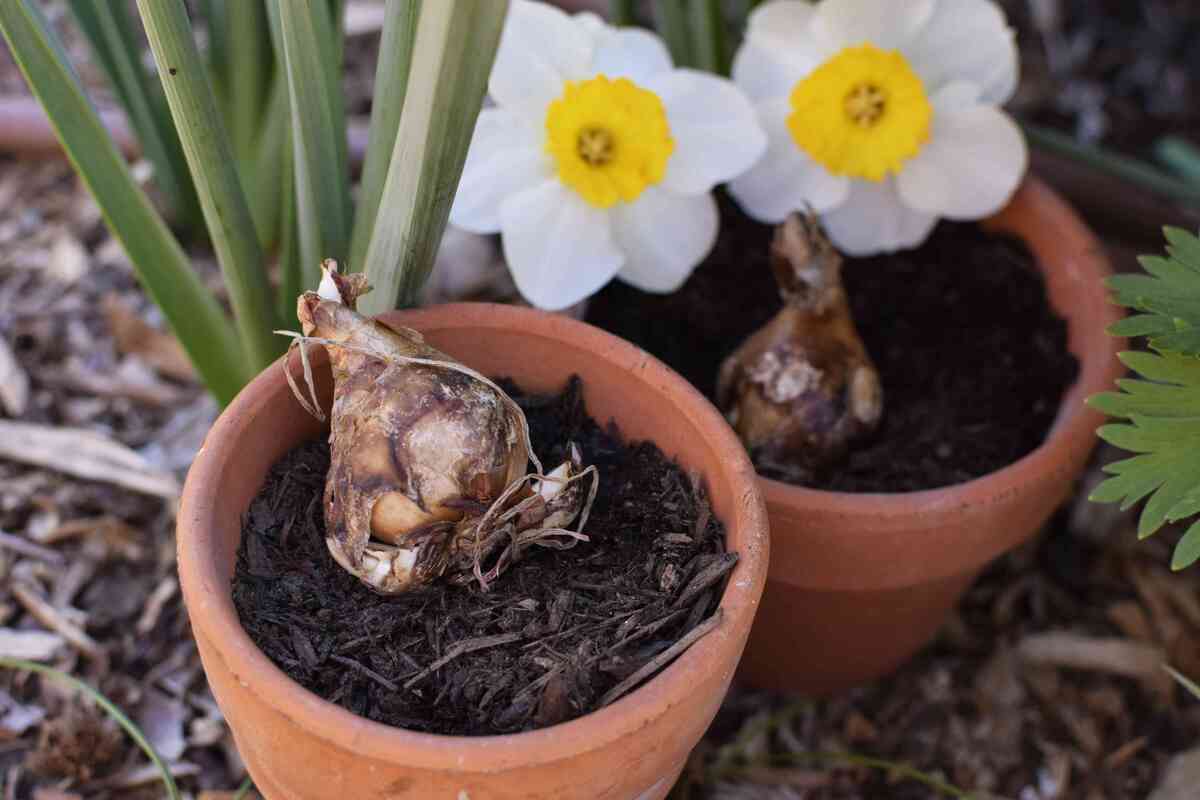

Plant Care & Gardening Tips
How Long Does It Take For Flower Bulbs To Grow
Modified: March 1, 2024
Learn how long it takes for flower bulbs to grow and bloom with expert plant care and gardening tips. Discover the best practices for nurturing your bulbs to vibrant life.
(Many of the links in this article redirect to a specific reviewed product. Your purchase of these products through affiliate links helps to generate commission for Storables.com, at no extra cost. Learn more)
Introduction
Flower bulbs are nature's little time capsules, holding within them the promise of beauty and color. These remarkable structures contain all the essentials for a new plant to grow, including the embryonic plant itself and a store of nutrients. Planting flower bulbs is an act of faith in the future, as their growth and eventual bloom represent the fulfillment of that promise.
Understanding the growth process of flower bulbs can be a source of fascination for both seasoned gardeners and those new to the world of horticulture. How long does it take for flower bulbs to grow? This question is not just about the passage of time, but also about the intricate dance of biological processes that unfolds beneath the soil's surface.
In this article, we will explore the factors that influence the growth of flower bulbs, the different types of flower bulbs and their respective growth periods, as well as the best practices for planting and caring for these botanical marvels. By delving into the world of flower bulbs, we can gain a deeper appreciation for the marvels of nature and learn how to nurture these treasures to their full potential. Join us as we embark on a journey through the hidden world of flower bulb growth.
Key Takeaways:
- Flower bulbs need the right balance of temperature, moisture, soil quality, sunlight, planting depth, and fertilization for healthy growth and vibrant blooms.
- Different types of flower bulbs, like tulips, daffodils, crocuses, hyacinths, alliums, and gladioli, bloom at different times, allowing gardeners to create a colorful and dynamic garden display throughout the year.
Read more: How Long Does It Take To Grow Mums
Factors Affecting Flower Bulb Growth
The growth of flower bulbs is influenced by a myriad of factors, each playing a crucial role in the development of these underground wonders. Understanding these factors is essential for ensuring the successful growth and blooming of flower bulbs.
- Temperature: The temperature of the soil plays a significant role in the growth of flower bulbs. Different species of bulbs have specific temperature requirements for sprouting and flowering. For example, tulips and daffodils require a period of cold dormancy to stimulate growth, while others may thrive in warmer soil conditions.
- Moisture: Adequate moisture is essential for the development of flower bulbs. However, excessive waterlogging can lead to rotting, while prolonged dry spells can hinder growth. Finding the right balance of moisture is crucial for the health of flower bulbs.
- Soil Quality: The quality of the soil directly impacts the growth of flower bulbs. Well-draining, nutrient-rich soil provides an ideal environment for bulb development. Soil pH levels also play a role, as different bulbs have varying acidity requirements.
- Sunlight: Sunlight is a vital factor in the growth of flower bulbs. Most bulbs require ample sunlight to photosynthesize and produce energy for growth. Understanding the sunlight requirements of specific bulb varieties is essential for optimal growth.
- Planting Depth: The depth at which flower bulbs are planted can affect their growth. Planting bulbs at the correct depth ensures that they receive the necessary insulation and protection while allowing easy access to essential nutrients and moisture.
- Fertilization: Providing the right nutrients at the right time is crucial for the growth of flower bulbs. Fertilizers tailored to the specific needs of bulbs can support healthy development and robust flowering.
By considering and managing these factors, gardeners can create an environment that fosters the healthy growth of flower bulbs. Whether in a garden bed, a container, or a naturalized setting, understanding and addressing these factors is key to nurturing vibrant and resilient bulb blooms.
Types of Flower Bulbs and Their Growth Periods
Flower bulbs come in a diverse array of types, each with its own unique growth patterns and blooming periods. Understanding the characteristics of different bulb varieties is essential for planning and creating a vibrant and dynamic garden display throughout the seasons.
Tulips
Tulips are renowned for their stunning, cup-shaped flowers and vibrant colors. Depending on the variety, tulips can bloom in early spring, mid-spring, or even late spring, offering a range of options for gardeners seeking to extend the bloom season.
Daffodils
Daffodils, with their cheerful yellow or white petals and trumpet-shaped corona, are heralds of spring. These resilient bulbs often bloom in early to mid-spring, adding a bright and sunny touch to the garden landscape.
Read more: How Long Does It Take Seeds To Grow
Crocuses
Crocuses are among the first flowers to emerge in spring, often pushing through the snow to reveal their delicate, cup-shaped blooms. These early bloomers add a touch of color to the garden, signaling the arrival of spring’s renewal.
Hyacinths
Hyacinths are prized for their fragrant, densely packed flower spikes and vibrant hues. These bulbs typically bloom in mid to late spring, offering a burst of color and a delightful fragrance to the garden.
Alliums
Alliums, also known as ornamental onions, are known for their striking globe-shaped flower clusters. Depending on the variety, alliums can bloom from late spring to early summer, adding architectural interest and a unique visual appeal to garden borders.
Gladioli
Gladioli are prized for their tall, elegant flower spikes and a wide range of colors. These bulbs typically bloom in mid to late summer, extending the flowering season and providing vertical accents in the garden landscape.
Understanding the growth periods of different flower bulb varieties allows gardeners to plan and create visually captivating displays that evolve throughout the year. By selecting a diverse range of bulbs with staggered blooming times, it is possible to orchestrate a symphony of color and beauty in the garden, ensuring a continuous spectacle for the senses.
Planting and Caring for Flower Bulbs
Planting and caring for flower bulbs is a rewarding endeavor that requires attention to detail and a nurturing touch. By following best practices for planting and maintenance, gardeners can ensure the healthy development and abundant flowering of these botanical treasures.
Planting Guidelines
When planting flower bulbs, several guidelines should be followed to optimize their growth and blooming potential:
- Choose the Right Location: Select a planting site with the appropriate sunlight exposure and soil quality for the specific bulb variety.
- Plant at the Correct Depth: Follow the recommended planting depth for each type of bulb to provide insulation and protection while allowing access to essential nutrients.
- Provide Adequate Spacing: Allow sufficient space between bulbs to accommodate their mature size and prevent overcrowding.
- Watering: Ensure that newly planted bulbs receive adequate moisture to support initial root development.
- Protect from Pests: Take measures to protect bulbs from potential pests and rodents that may disturb or consume them.
Care and Maintenance
After planting, ongoing care and maintenance are essential for the well-being of flower bulbs:
- Watering: Monitor soil moisture and provide supplemental watering during dry periods, taking care to avoid waterlogging.
- Fertilization: Apply a balanced fertilizer at the appropriate times to support the growth and development of bulbs.
- Deadheading: Remove spent flowers to redirect the plant’s energy into bulb development and prevent seed formation.
- Post-Bloom Care: Allow foliage to wither naturally after flowering to replenish the bulb for the following year’s growth.
- Division and Transplanting: Periodically divide overcrowded bulbs and transplant them to new locations to prevent competition and rejuvenate growth.
By adhering to these planting and care guidelines, gardeners can foster the optimal growth and blooming of flower bulbs, creating a vibrant and enduring display of natural beauty in their gardens. With proper attention and nurturing, these botanical gems will reward gardeners with a spectacle of color and fragrance, enriching the outdoor environment and uplifting the spirits of all who behold them.
Monitoring the Growth of Flower Bulbs
Monitoring the growth of flower bulbs is a captivating journey that allows gardeners to witness the miraculous transformation of dormant bulbs into vibrant blooms. By observing and tending to the evolving needs of flower bulbs, gardeners can ensure their healthy development and anticipate the spectacular display that awaits.
Read more: How Long Does It Take For Grass To Grow
Early Signs of Growth
As the seasons transition and the earth begins to warm, flower bulbs awaken from their dormancy and embark on a remarkable journey of growth. Early signs of growth may include the emergence of tender shoots and the unfolding of delicate leaves, signaling the awakening of the dormant bulbs.
During this initial phase of growth, it is essential to monitor the environmental conditions and provide the necessary care to support the bulbs’ development. Adequate moisture, sunlight, and protection from potential pests and disturbances are crucial for nurturing the emerging growth and establishing a strong foundation for future flowering.
Bud Formation and Blooming
As the growth of flower bulbs progresses, buds begin to form, promising the imminent arrival of vibrant blooms. The gradual development of flower buds is a captivating process, as the tightly wrapped clusters gradually unfurl to reveal the intricate and colorful petals within.
During this stage, close observation is key, allowing gardeners to anticipate the timing of the blooms and prepare to savor the fleeting yet enchanting display. Providing continued care, such as appropriate watering, fertilization, and protection from adverse weather conditions, supports the bulbs as they prepare to unveil their full splendor.
Post-Bloom Care and Future Growth
After the breathtaking display of flowering, the growth cycle of flower bulbs enters a new phase as the blooms fade and the foliage continues to draw energy back into the bulbs. This post-bloom period is a critical time for the future growth and vitality of the bulbs, as they replenish their reserves and prepare for the following season’s display.
Monitoring the post-bloom phase involves allowing the foliage to wither naturally, providing continued care and nutrients, and considering any necessary division or transplanting to optimize the bulbs’ future growth. By tending to the bulbs’ needs during this phase, gardeners lay the groundwork for a robust and vibrant display in the seasons to come.
Throughout the growth cycle of flower bulbs, the process of monitoring and caring for their development is a deeply rewarding experience. By immersing themselves in the evolving stages of growth, gardeners can witness the marvels of nature and play a vital role in nurturing the beauty that emerges from the earth.
Conclusion
The growth of flower bulbs is a captivating journey that unfolds beneath the surface, culminating in a spectacular display of color and beauty. From the moment the dormant bulbs awaken to the emergence of delicate shoots, the formation of buds, and the eventual blooming, each stage of growth is a testament to the resilience and vitality of nature.
Understanding the factors that influence bulb growth, the diverse types of bulbs and their respective growth periods, and the best practices for planting and caring for these botanical wonders empowers gardeners to participate in this wondrous cycle of life. By providing the necessary care and attention, gardeners can create an environment that nurtures the healthy development and abundant flowering of flower bulbs, enriching the outdoor landscape with a symphony of colors and fragrances.
As gardeners monitor the growth of flower bulbs, they become stewards of these natural treasures, guiding them through each phase of development and ensuring their future vitality. The post-bloom phase marks not just the end of one cycle, but the beginning of the next, as the bulbs draw energy back into themselves, preparing for the promise of renewal and growth in the seasons to come.
Ultimately, the growth of flower bulbs is a testament to the enduring beauty and resilience of nature. By participating in this timeless process, gardeners cultivate not only the land but also a deep appreciation for the wonders that emerge from the earth. The growth of flower bulbs is a celebration of life, color, and the enduring spirit of the natural world, inviting us to pause, observe, and marvel at the miracles that unfold beneath our feet.
So, as you embark on your journey with flower bulbs, may you find joy in each stage of growth, from the tender emergence of shoots to the breathtaking display of blooms. May you nurture these botanical treasures with care and reverence, knowing that you are a part of a timeless cycle that brings beauty and wonder to the world.
Frequently Asked Questions about How Long Does It Take For Flower Bulbs To Grow
Was this page helpful?
At Storables.com, we guarantee accurate and reliable information. Our content, validated by Expert Board Contributors, is crafted following stringent Editorial Policies. We're committed to providing you with well-researched, expert-backed insights for all your informational needs.
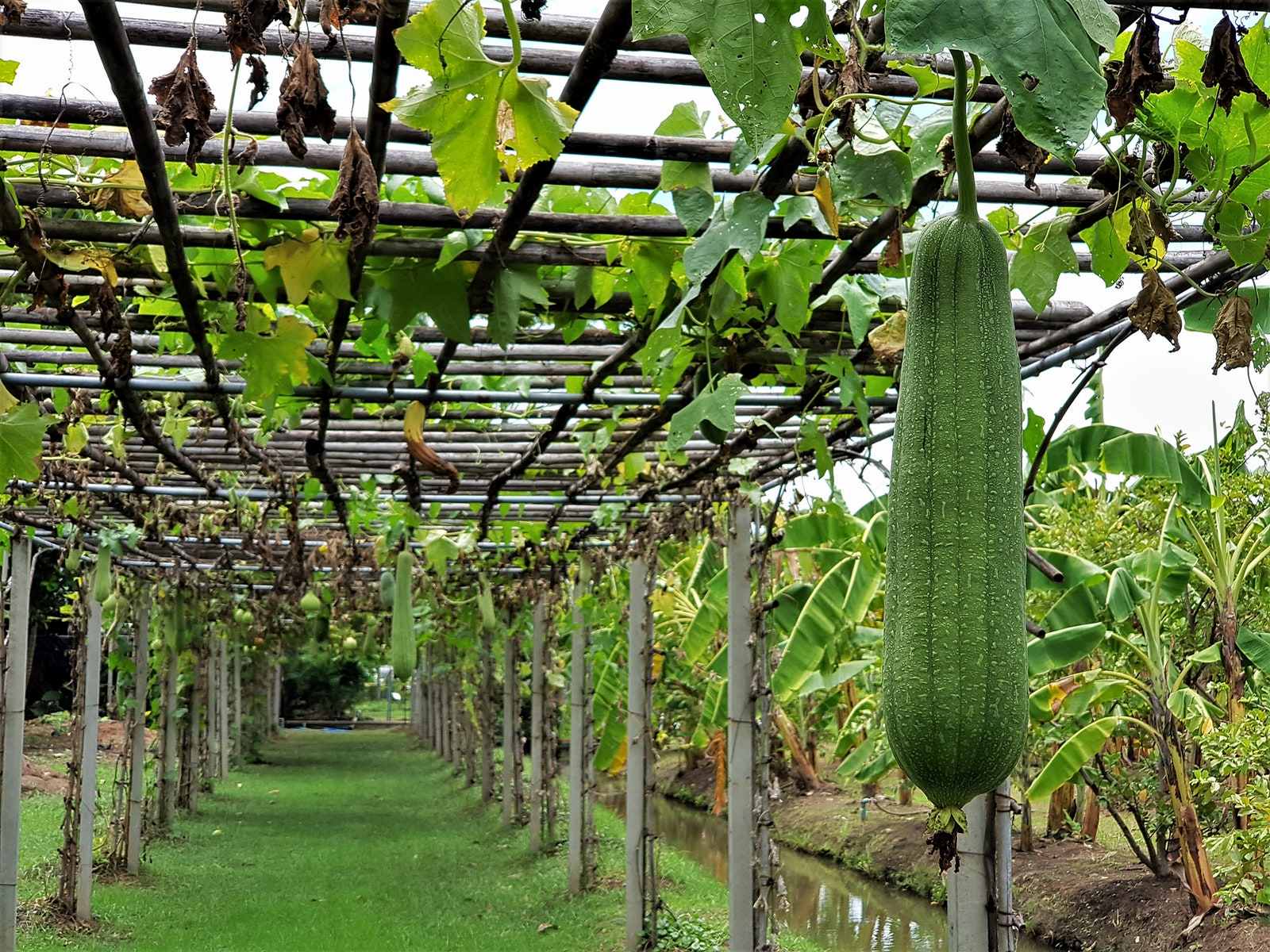
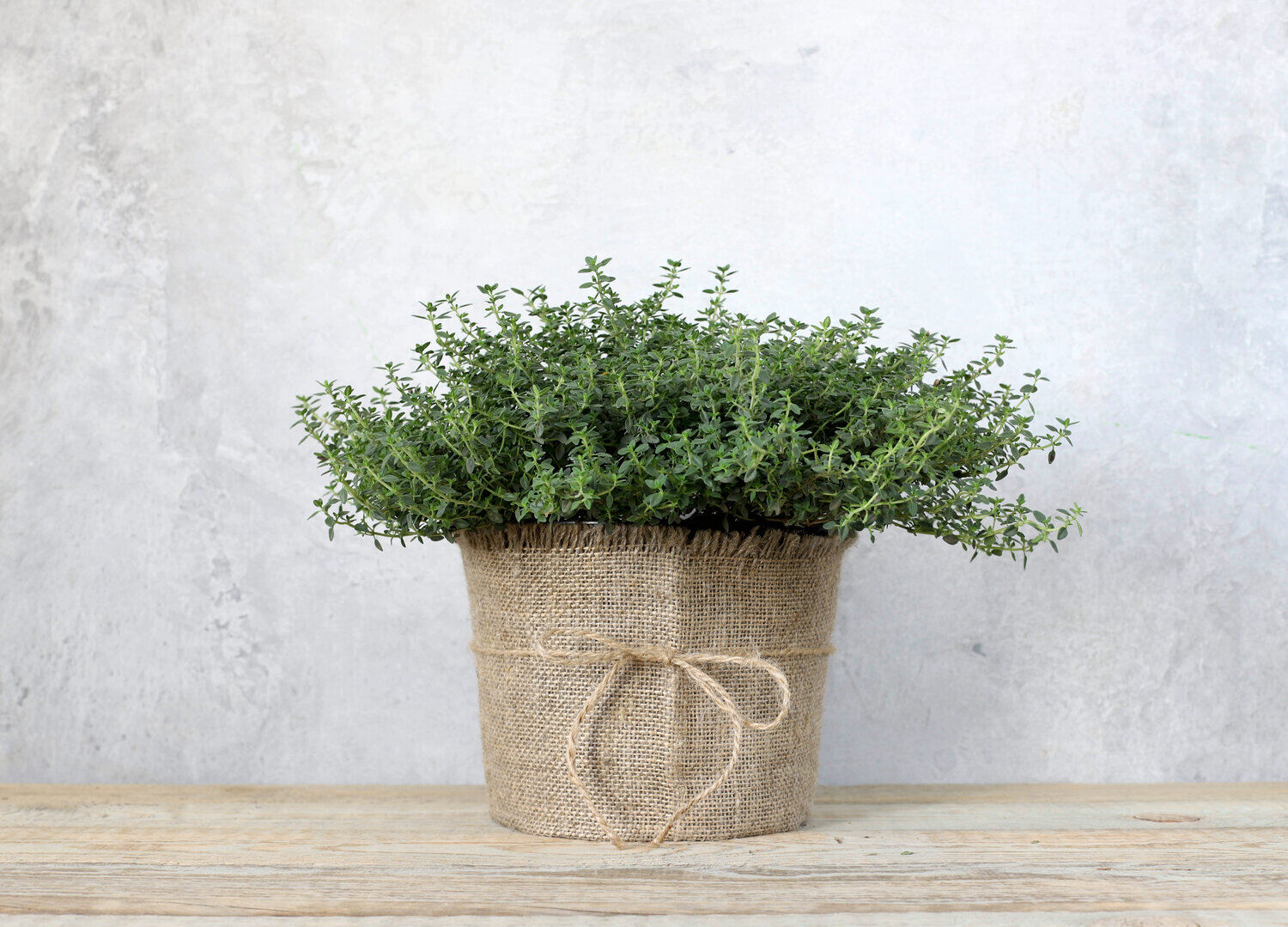
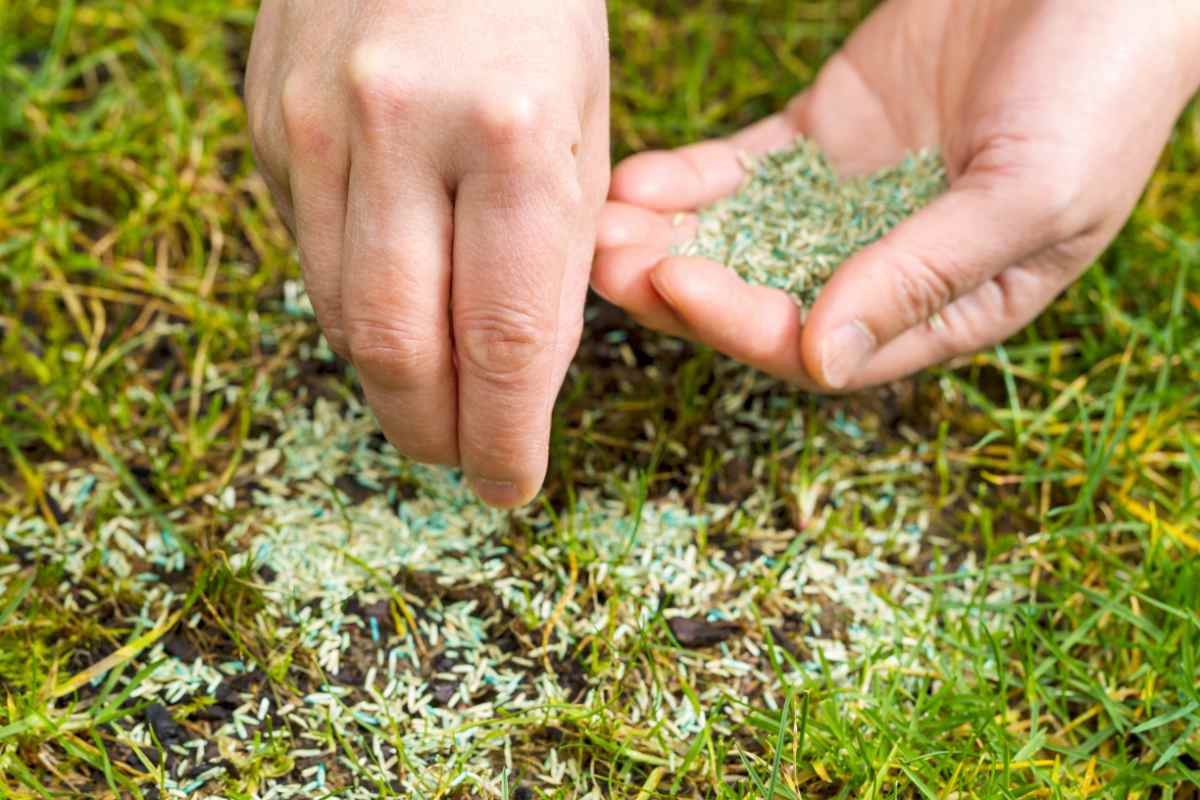
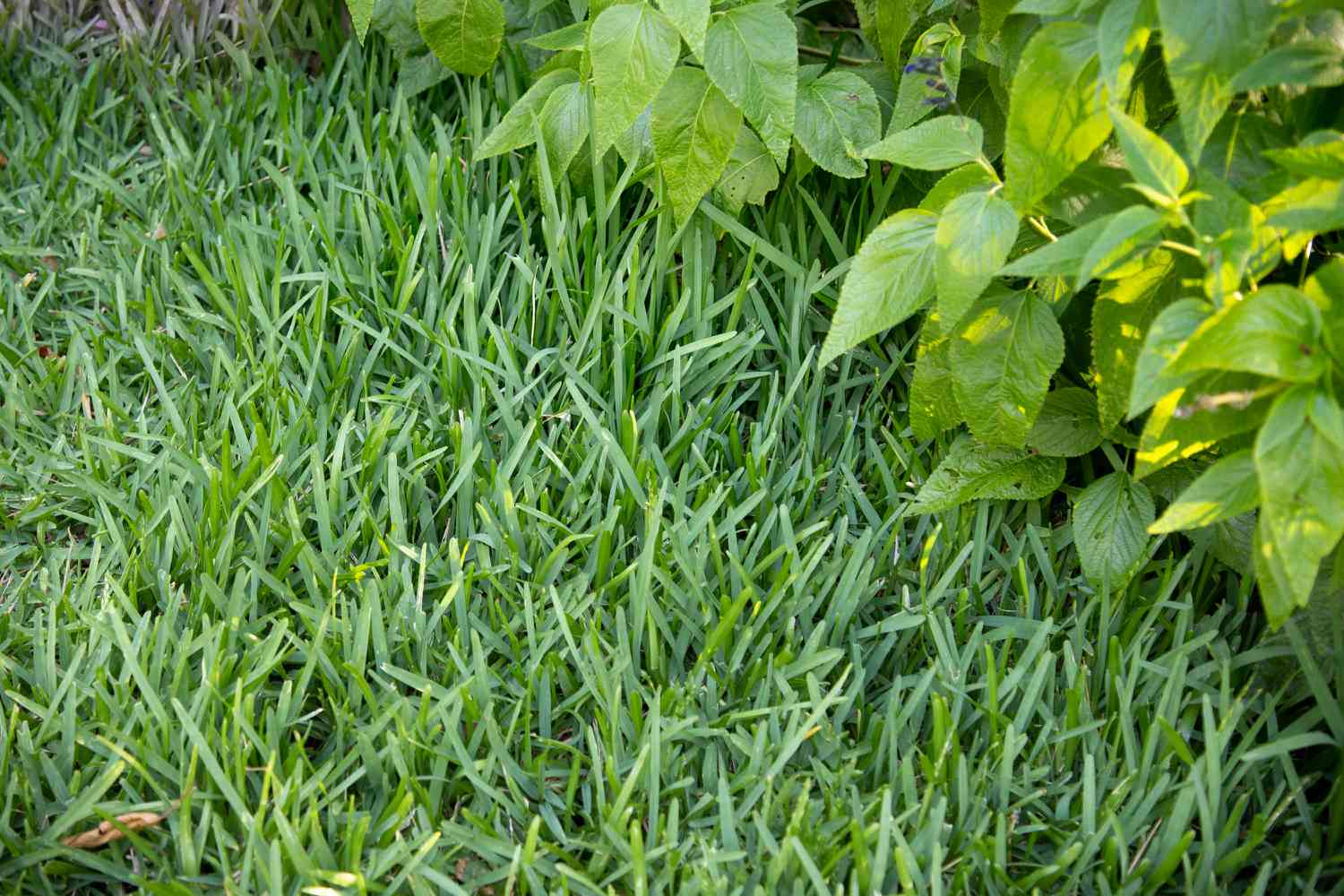
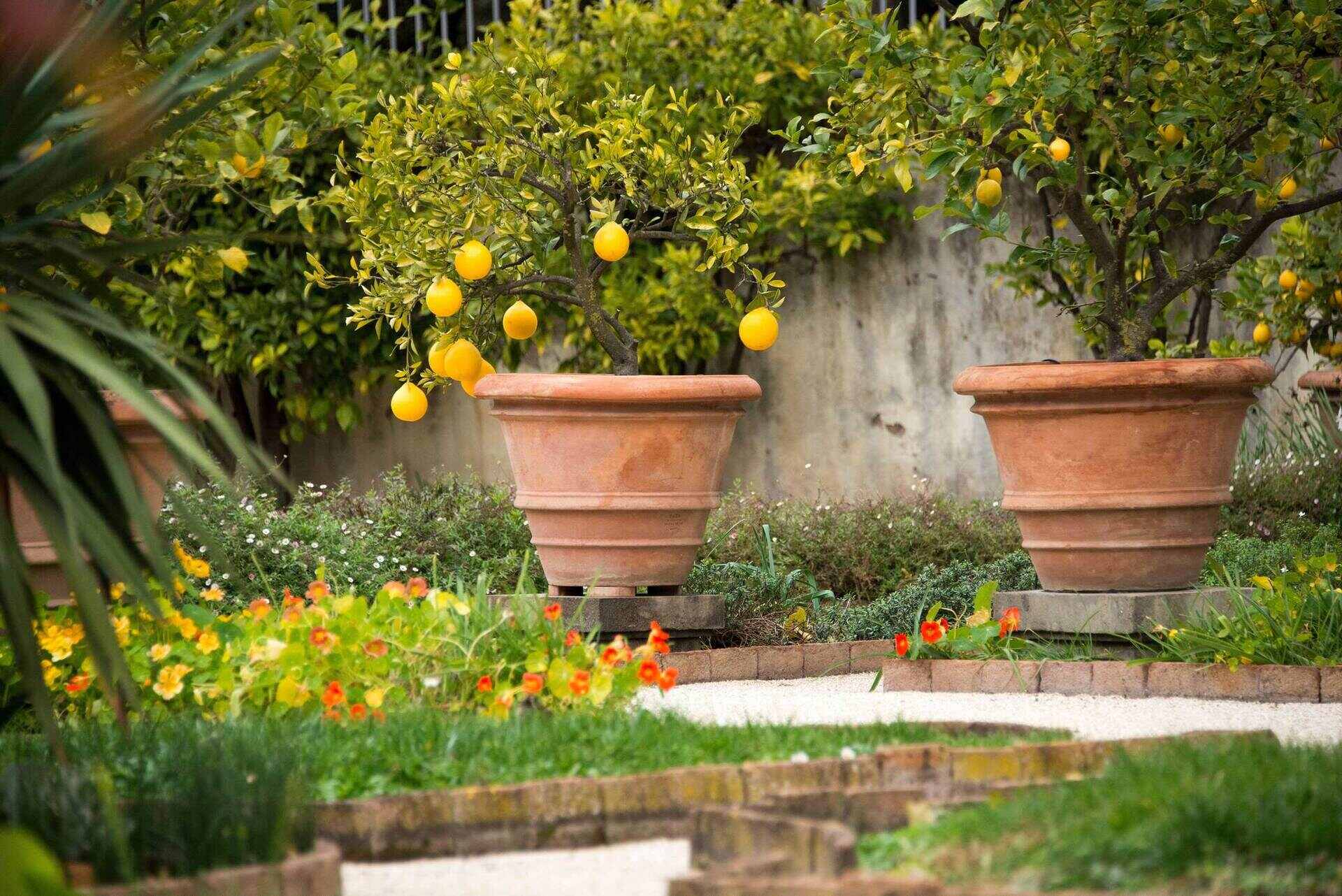
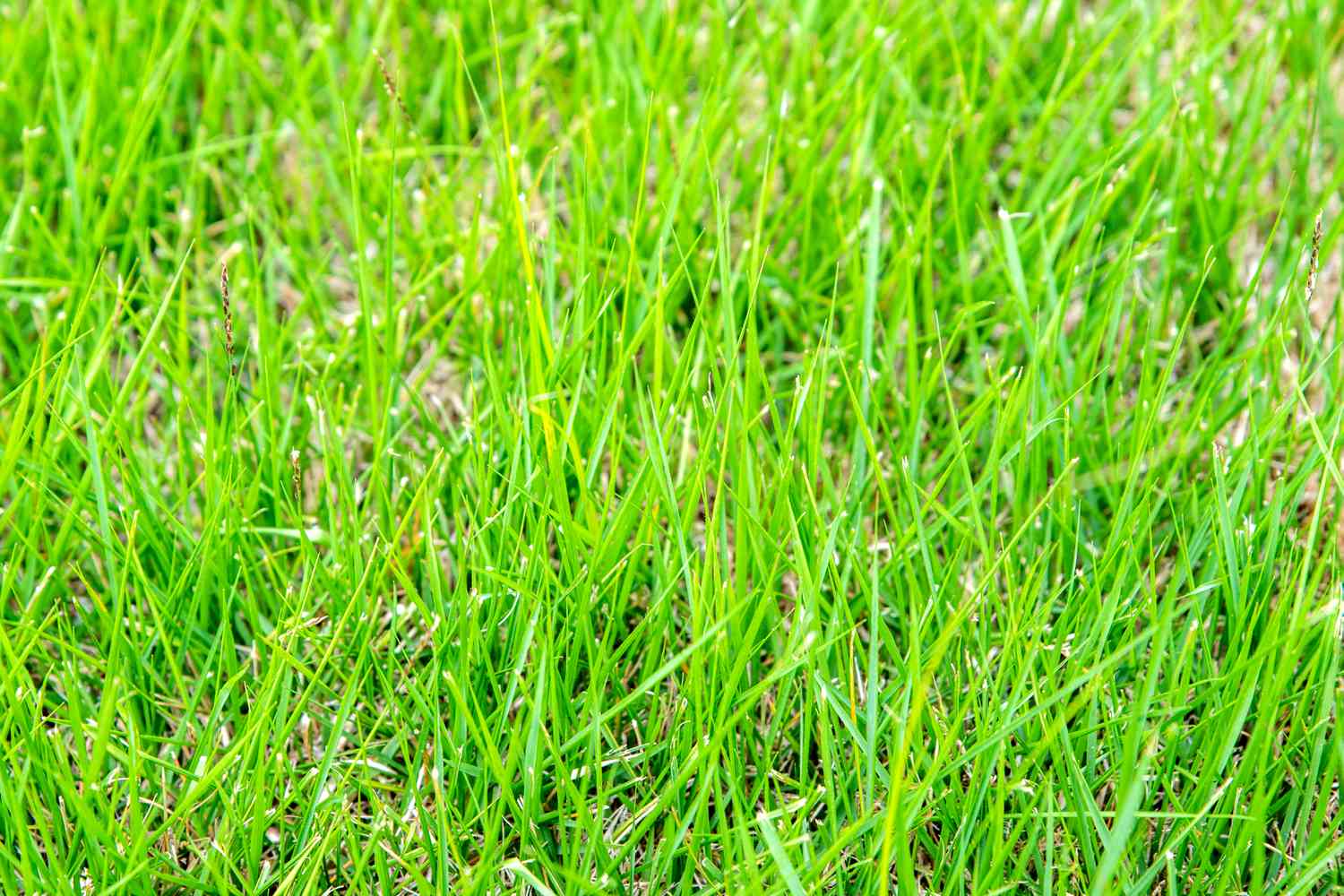
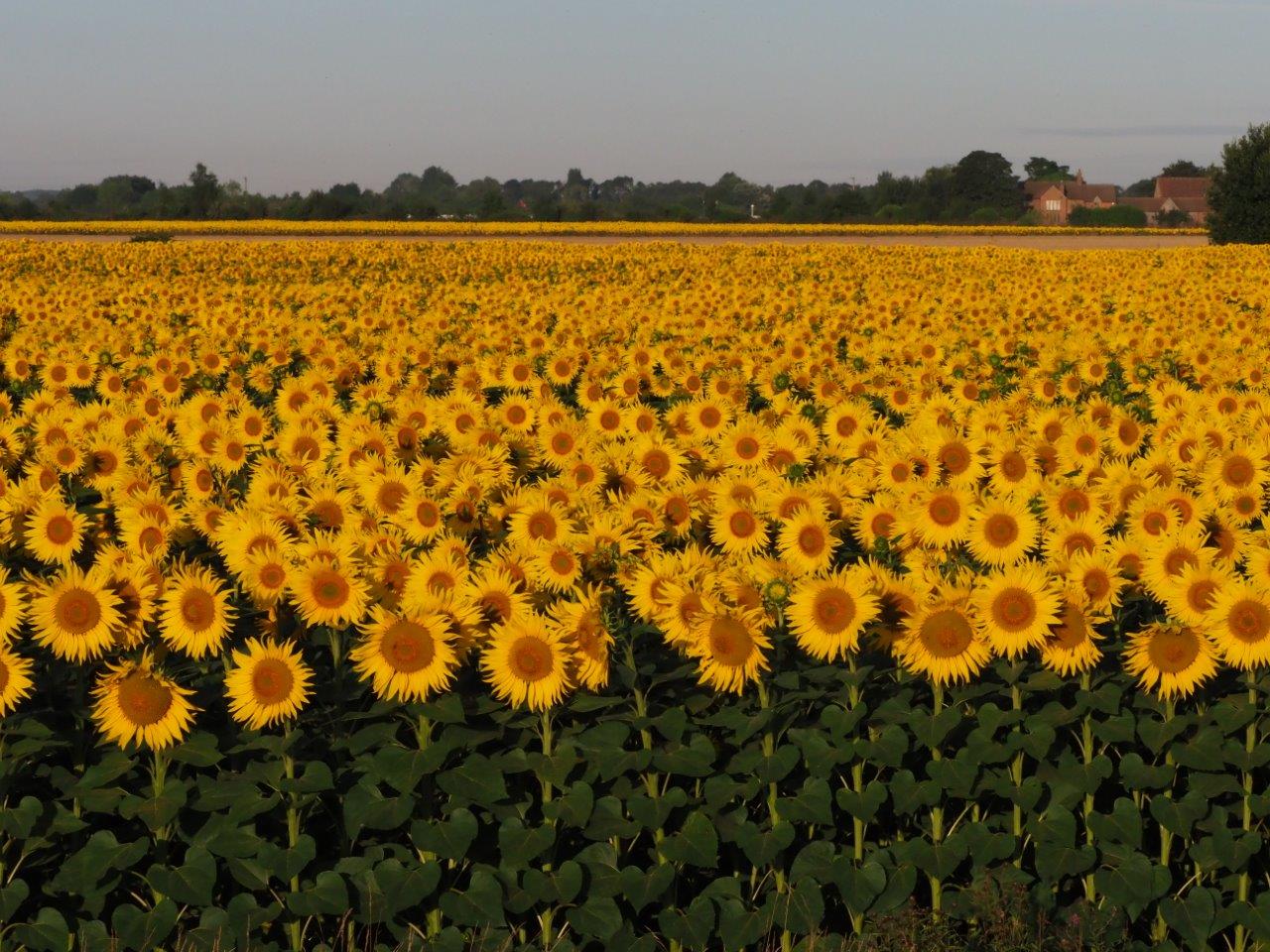
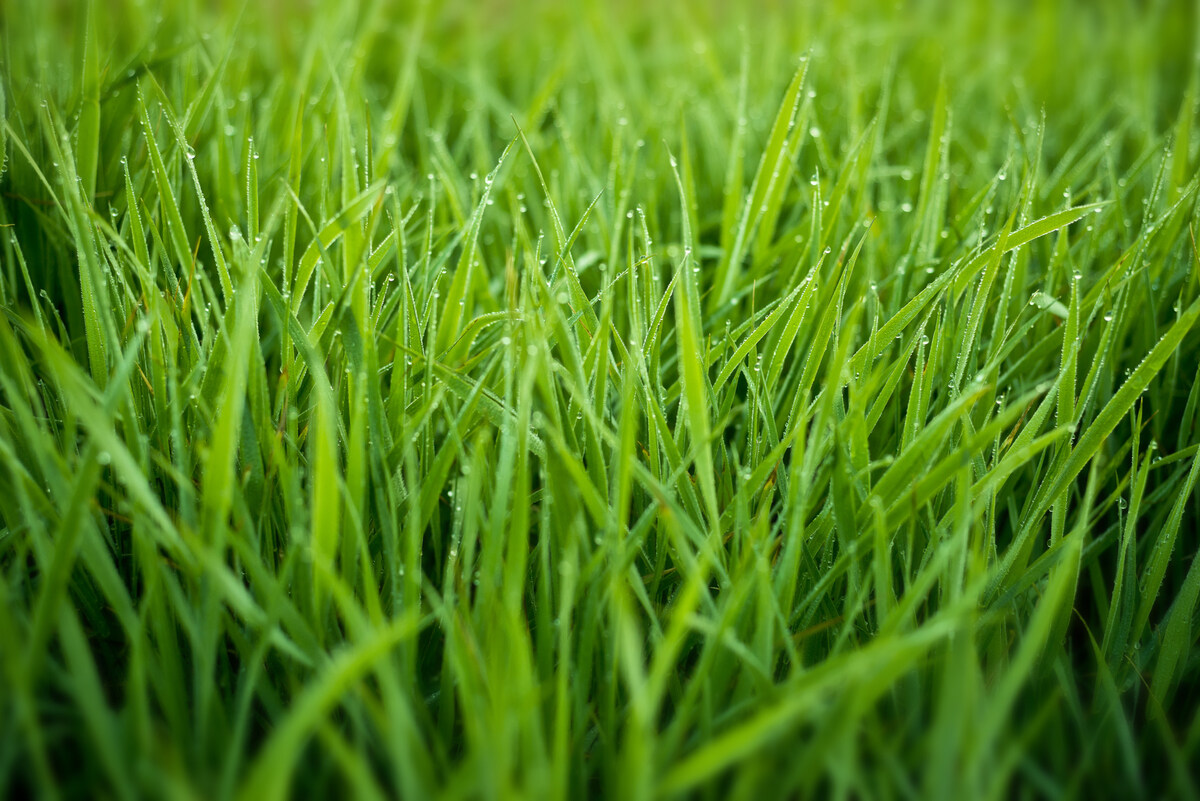
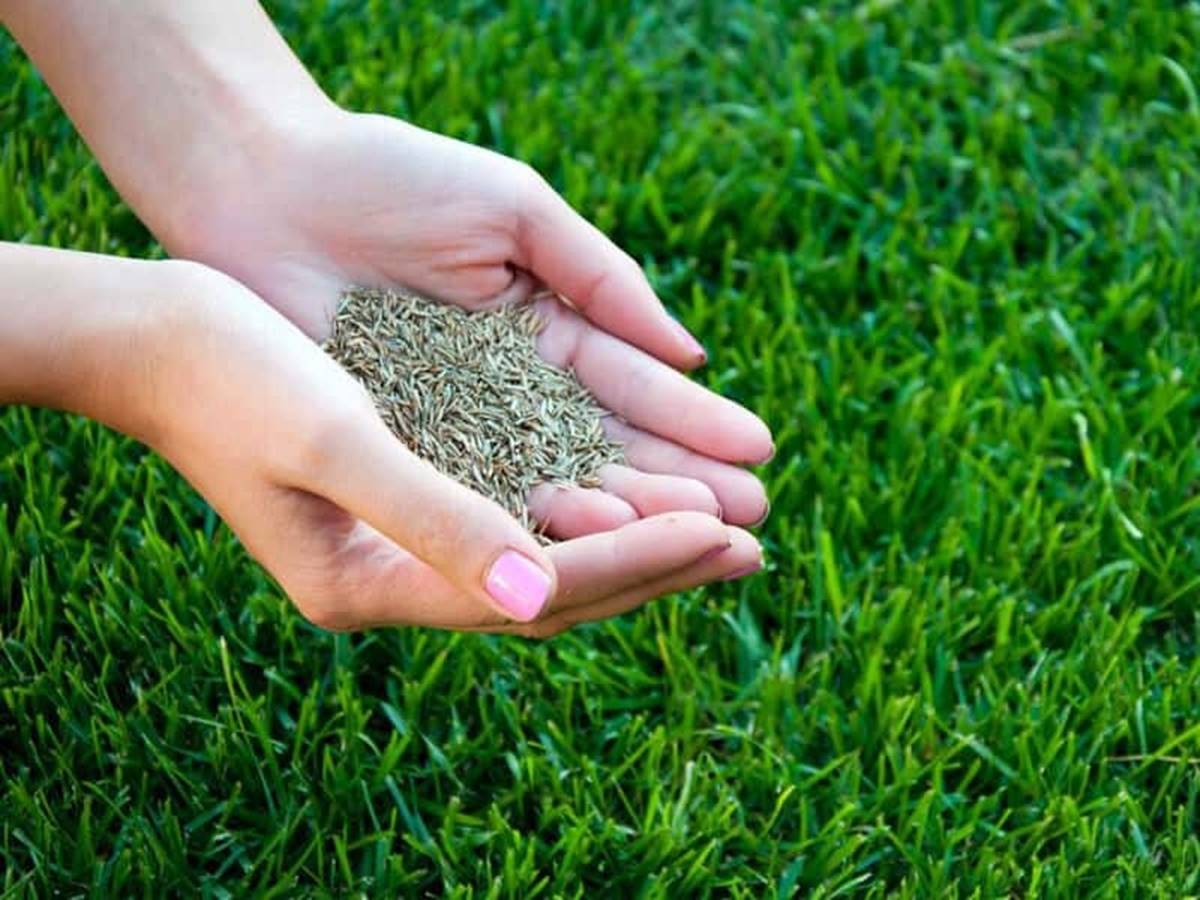
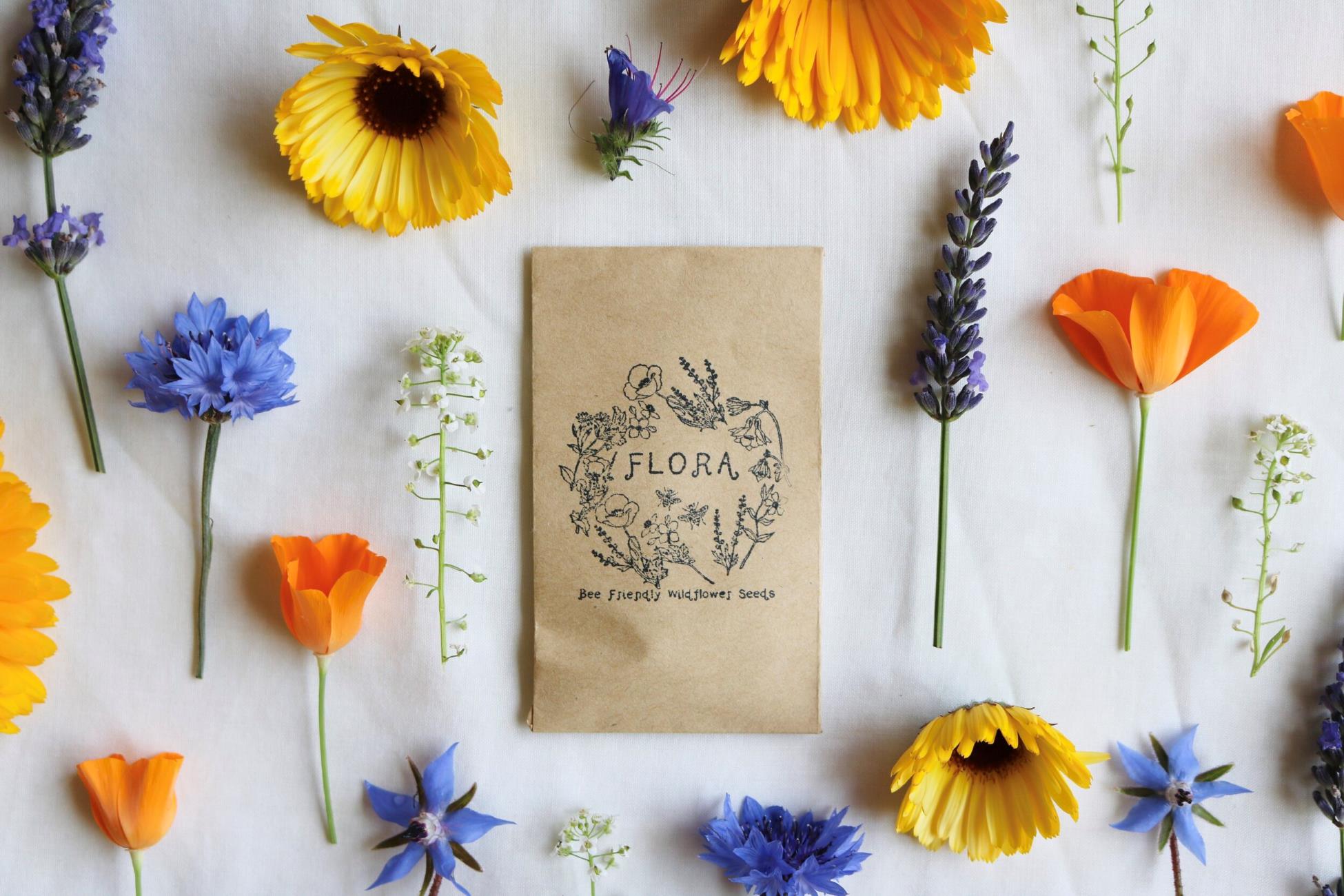
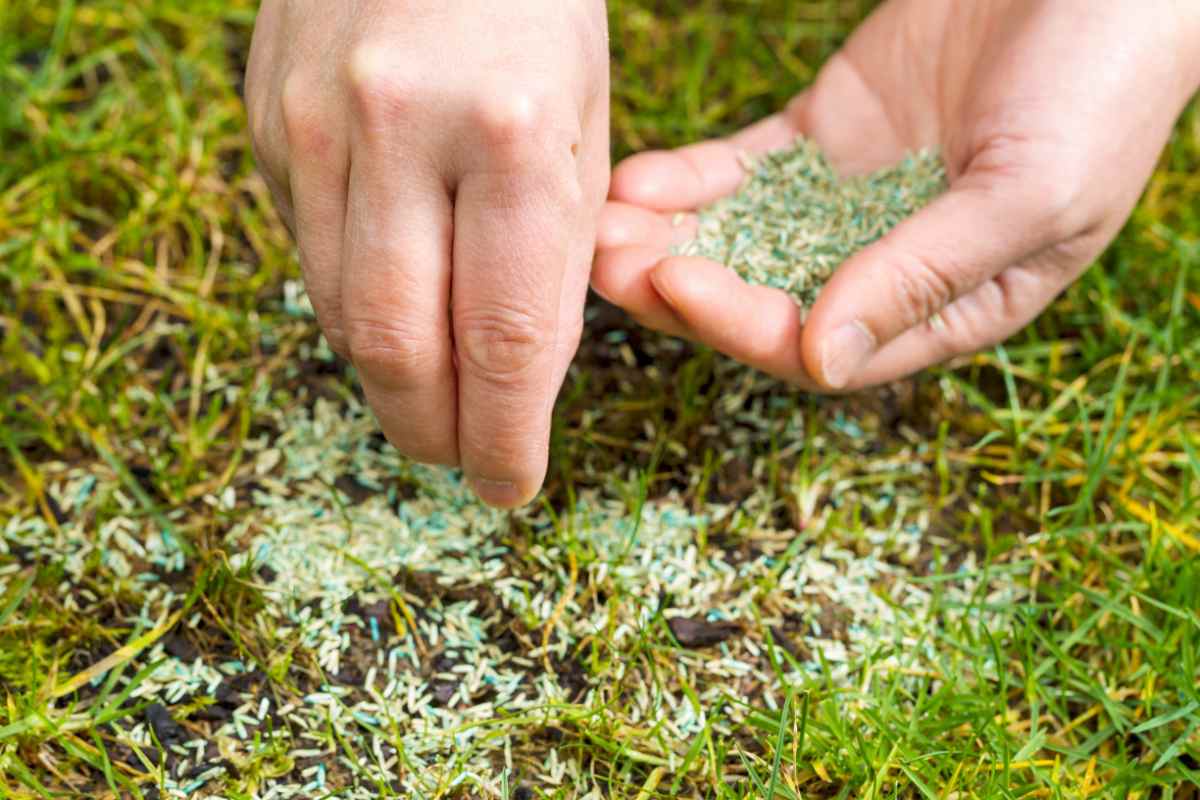
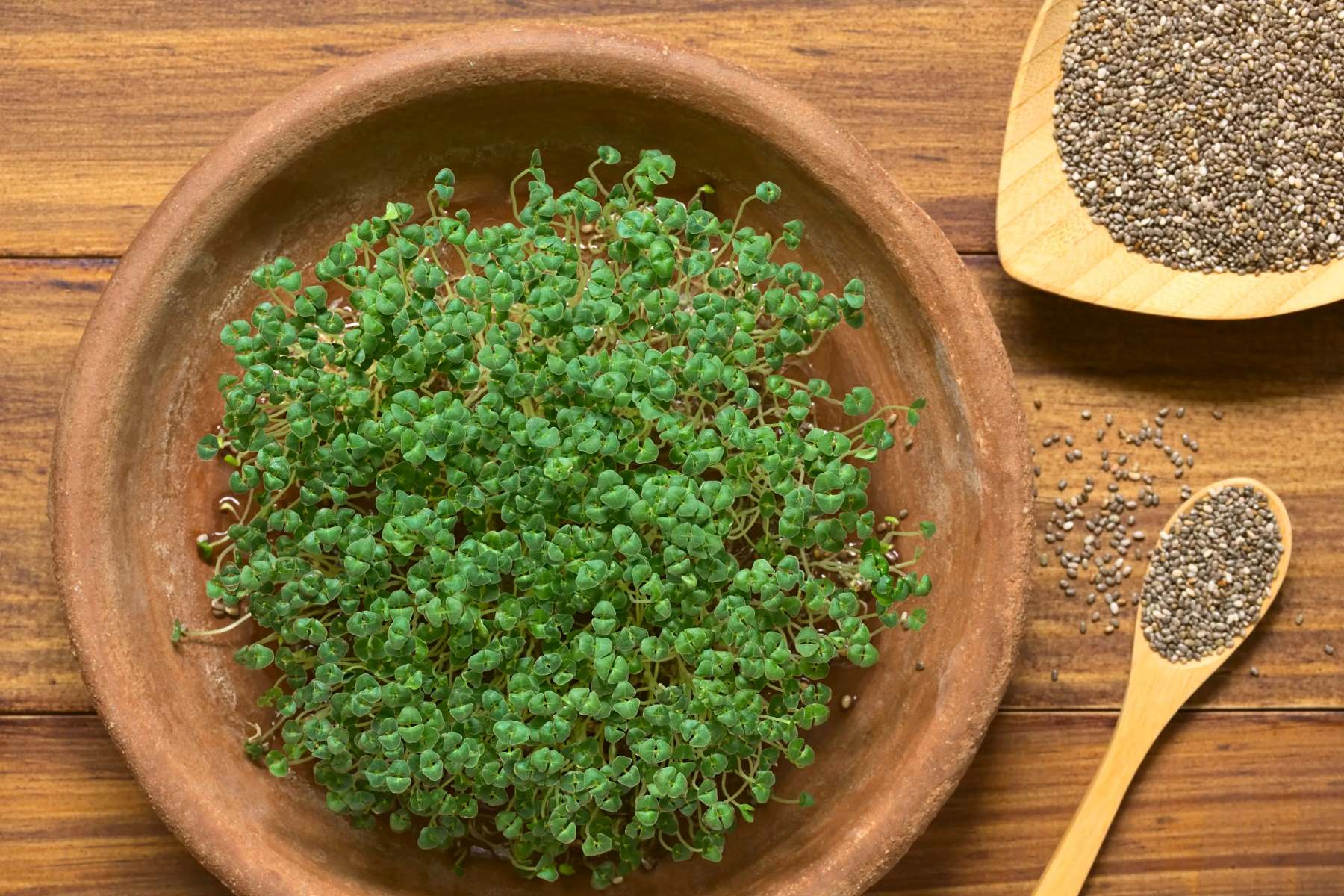

0 thoughts on “How Long Does It Take For Flower Bulbs To Grow”